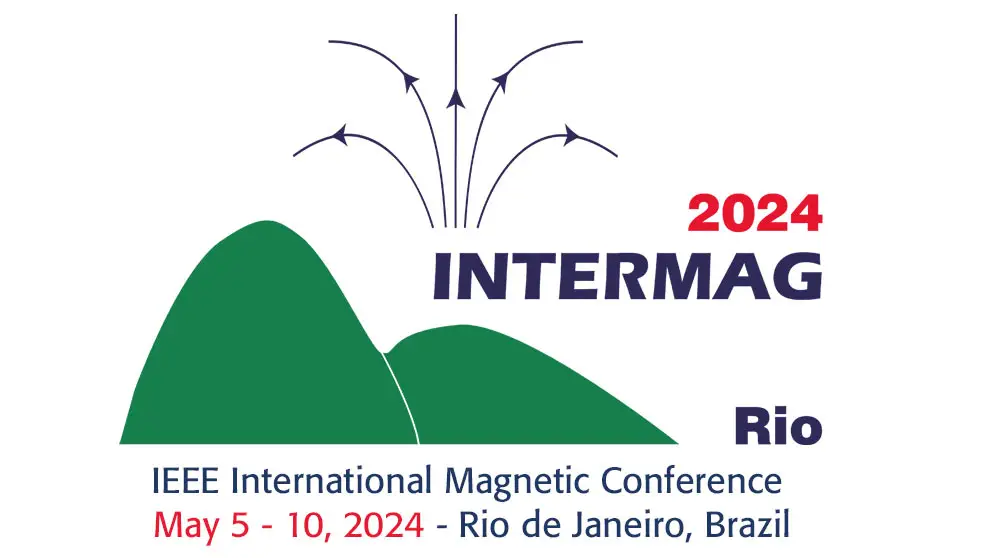VP1-07: Magnetic texture-based design of artificial neurons and synapses
Debasis Das, Yunuo Cen, Jianze Wang, and Xuanyao Fong
Poster Virtual Only
26 Oct 2023
The non-volatile nature and energy efficiency of the spintronics devices make them a suitable candidate for futuristic computing devices. Inspired by the efficiency of the biological brain, researchers are motivated to develop energy-efficient hardware by mimicking the biological neuronal functionality. Magnetic domain wall (DW) and skyrmion devices are two promising candidates for such neuro-inspired computing devices for their non-volatile nature and energy efficiency. Compared to the DW, skyrmions are smaller in size and have lower depinning current density. The skyrmion has an ultra-small-scale size with lower depinning current density than the DW, and it suffers from unwanted Magnus force which forces the skyrmion to move along a curved trajectory. This force becomes dominant for the higher current density which leads to the failure of the device. However, the micromagnetic simulation shows that the Magnus force can be completely nullified in a synthetic antiferromagnetically (SAF) coupled bilayer system. In this work, using micromagnetic simulation, we compare the DW and skyrmion-based neuron and synaptic devices. We demonstrate the leaky-integrate-and-fire (LIF) functionality for both the DW and skyrmion-based neuron devices. The membrane potential in the neuron is represented by the position of the DW/skyrmion in the devices. The leak functionality is achieved by incorporating an uniaxial anisotropy gradient in the devices. In the presence (absence) of an incoming spike the DW/skyrmion moves along the forward (backward) direction of the length of the device. Our simulations show that a similar device without the anisotropy gradient can be used as a synapse for the DW-based devices, however, a longer device is needed for the skyrmion-based synapse device. Both DW and skyrmion-based synapse device shows highly linear and symmetric weight update characteristics which is an essential criterion for an ideal synapse. Here, we compare the energy requirements of the DW and skyrmionic devices to perform the neuronal and synaptic functionality. We also perform a system-level simulation on a spiking neural network (SNN) using our proposed neuron and synapse devices.


